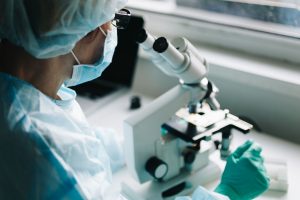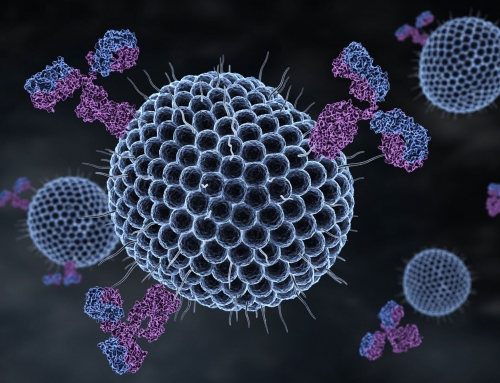As the complexity of mAbs continues to grow, developers explore the potential of new techniques and expression systems.
The development of mAbs (monoclonal antibodies) has come a long way since 1986, when the first mAb, Orthoclone OKT3, received approval for clinical use. Over the past 30 years, mAb production has become streamlined, efficient, and highly diverse, drawing on cell lines from humans and other animals, and utilizing a wide range of bacteria as expression environments.
But even as new expression techniques and molecular-scale modifications provide more targeted mAbs for anti-carcinogenic therapies, these novel approaches also entail significant challenges. As the complexity of expression systems grows, developers struggle to engineer ideal environments for mAb generation, and to maintain the stability and efficacy of mAbs throughout the development pipeline.
This article will explore several of the most significant innovations in current mAb development, including notable challenges and potential impacts of each.
Hybridomas and phage display techniques are still widely used in mAb development.

Although the use of hybridomas for the generation of mAbs dates back to 1975, this technique has only come into widespread use for commercial mAb generation within the past decade. By culturing animal cells that have been immunized against a specific antigen, developers derive a collection of antibodies specific to a variety of antigens. This batch of antibodies is screened for the desired mAbs, which are then cloned as needed. The hybridomas themselves can also be preserved in subzero temperatures, to be reused as needed.
Along with hybridoma methods, many developers also utilize phage display techniques to generate mAbs. Engineers begin by isolating mRNA in human lymphatic cells, then amplify the desired segments of genetic material, which are cloned into vector cells that produce the intended bacteriophage. Once the cells have been reinoculated with the phage, they can be used as a library of genetic material for the ongoing generation of specific mAbs.
More refined expression systems have opened up broader possibilities for mAb generation.

Early mAbs were frequently associated with unpleasant side effects, and faced the limitation of low-yielding myelomas derived from poorly suited cell lines. These challenges led to a lack of commercial success for mAbs until the early 2000s, when developers began testing a wide variety of potential expression systems in parallel, in order to pinpoint the ideal system for the expression of a given mAb.
In particular, the E. coli bacterium has become a widely used system for the expression of single-chain antibody fragments, as well as fragments that bind specifically to antigens. The use of an E. coli system tends to result in more stable hybridomas; but at the same time, its usefulness as a system for the generation of full-sized mAbs may be limited.
To address this limitation, some developers have turned to transgenic animal cells as systems for the generation of more complex mAbs. By deleting endogenous genes from the cells of mammals such as mice, and replacing them with copies of the necessary human antibody genes, developers can synthesize human equivalents of mouse hybridomas, resulting in full-sized mAbs ready for use in humans.
Molecular coupling and other genetic alterations can help create more targeted mAbs.

As more complex expression systems open up new possibilities for increasingly complex mAbs, some developers have begun experimenting with precisely targeted modifications to the molecular structure of antibody RNA. For example, some labs are now researching the coupling of effector molecules, such as cysteine or carbohydrates, to mAbs, potentially enabling the antibodies to target cancer cells that contain specific toxins.
Some developers are also experimenting with the use of PCR (polymerase chain reactions) to isolate and amplify specific sequences of antibody RNA, in order to develop mAbs with enhanced affinities for particular chemical receptors. If such targeted mAbs can be developed into clinically viable forms, the next stage of mAb development may focus on antibodies that not only target particular cells, but can even be programmed to interrupt specific steps in biochemical cascade reactions.
While many of the fundamental techniques used in mAb generation remain similar to those used 30 years ago, the increasing size and specificity of mAbs demand more complex, robust expression systems. Meanwhile, forward-looking developers are exploring beyond the traditional techniques, and testing the potential of genetic engineering to create mAbs targeted at particular cells and chemical receptors.
Although many of these new techniques remain in the early research stage, they provide clear indications that the mAb market still has a great deal of growth in its future. In light of this fact, it’s no surprise that a growing number of pharmaceutical developers and contract manufacturers are working together to capitalize on new mAb expression and genetic engineering techniques, in order to capitalize on the sector’s growth.




